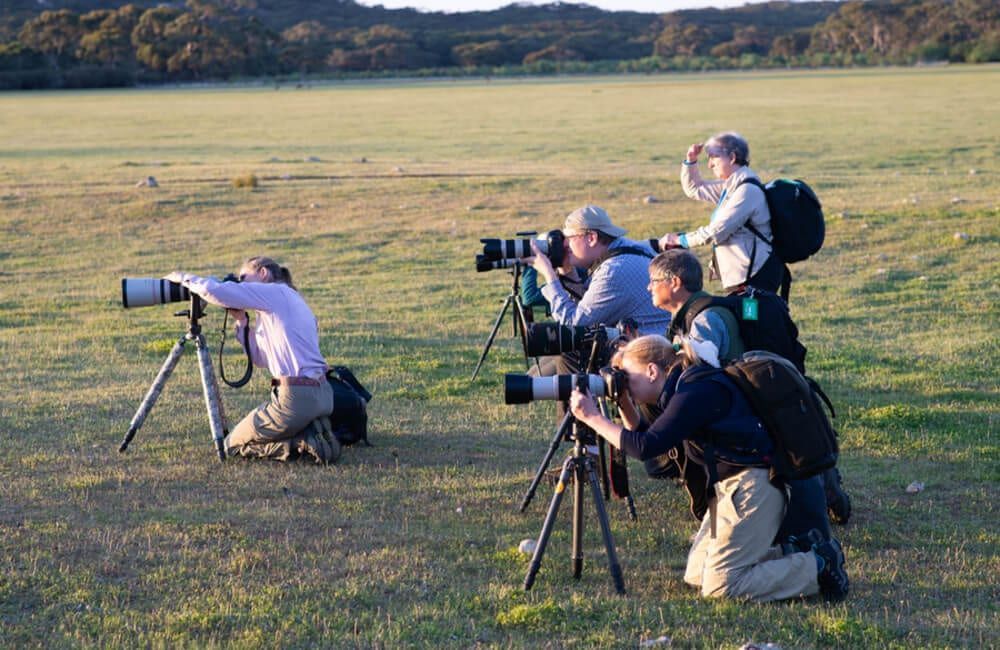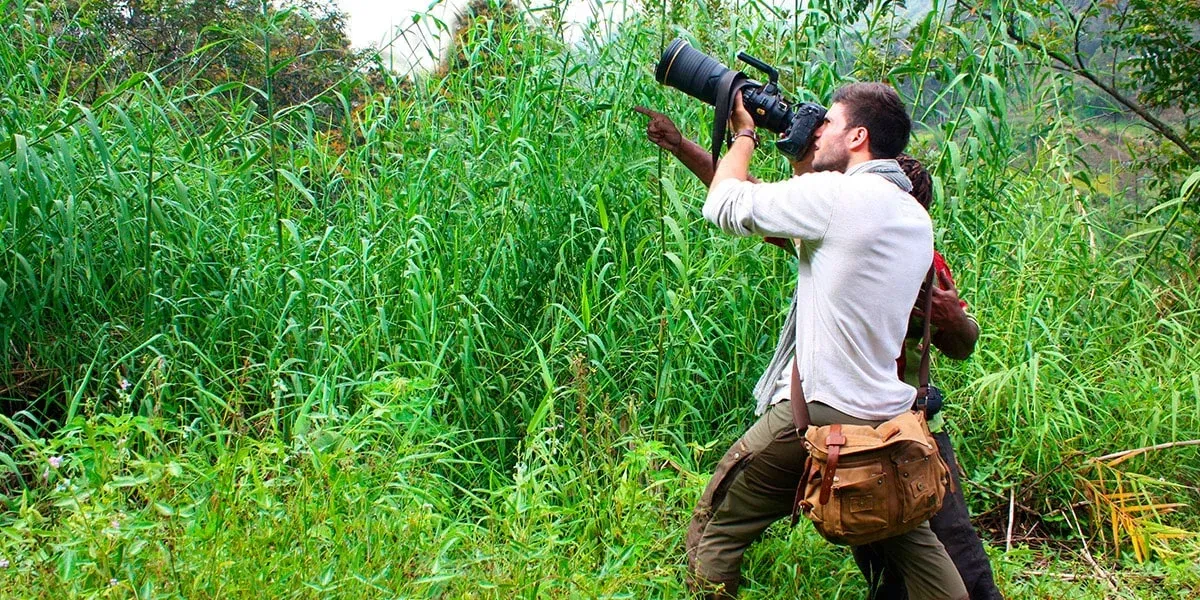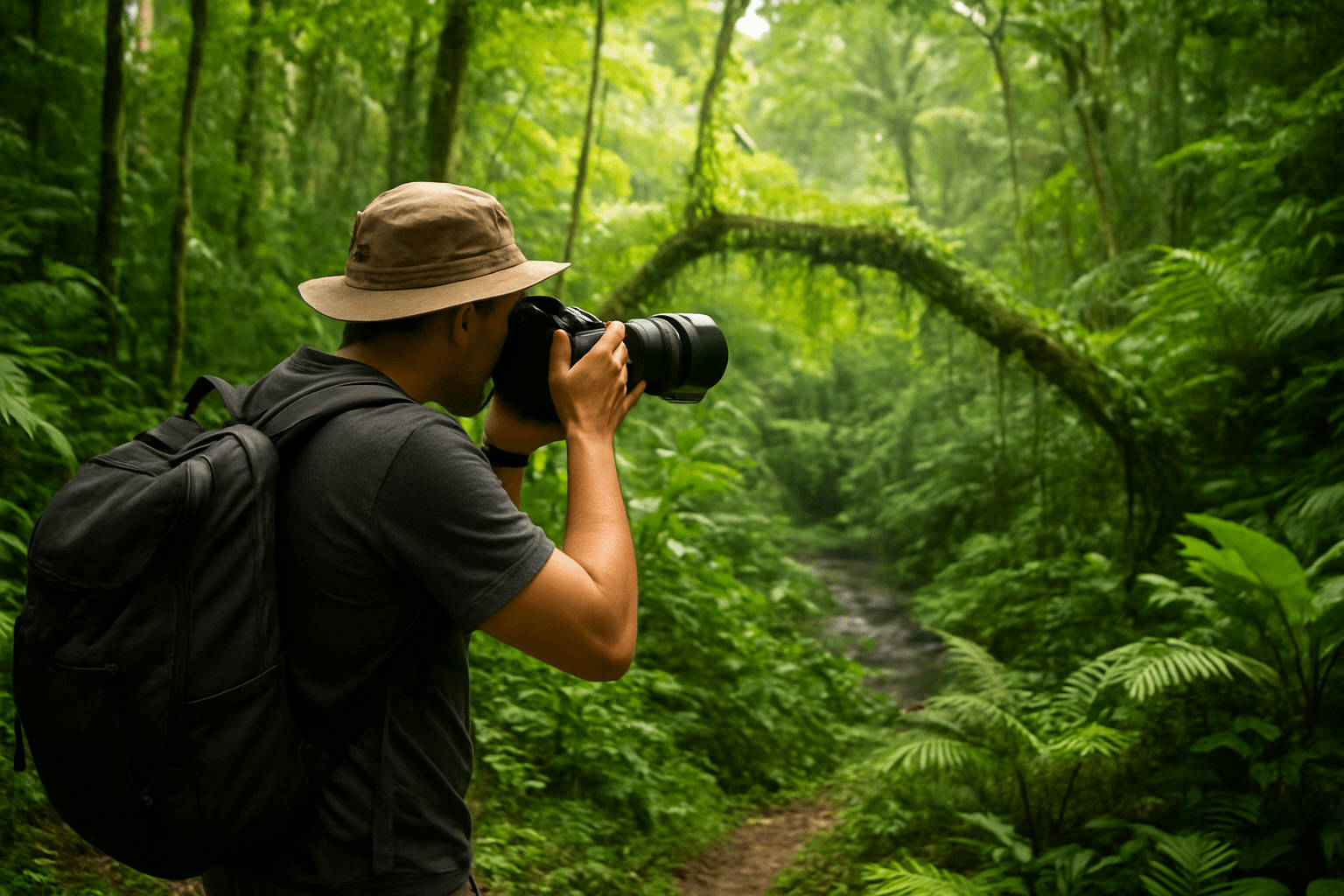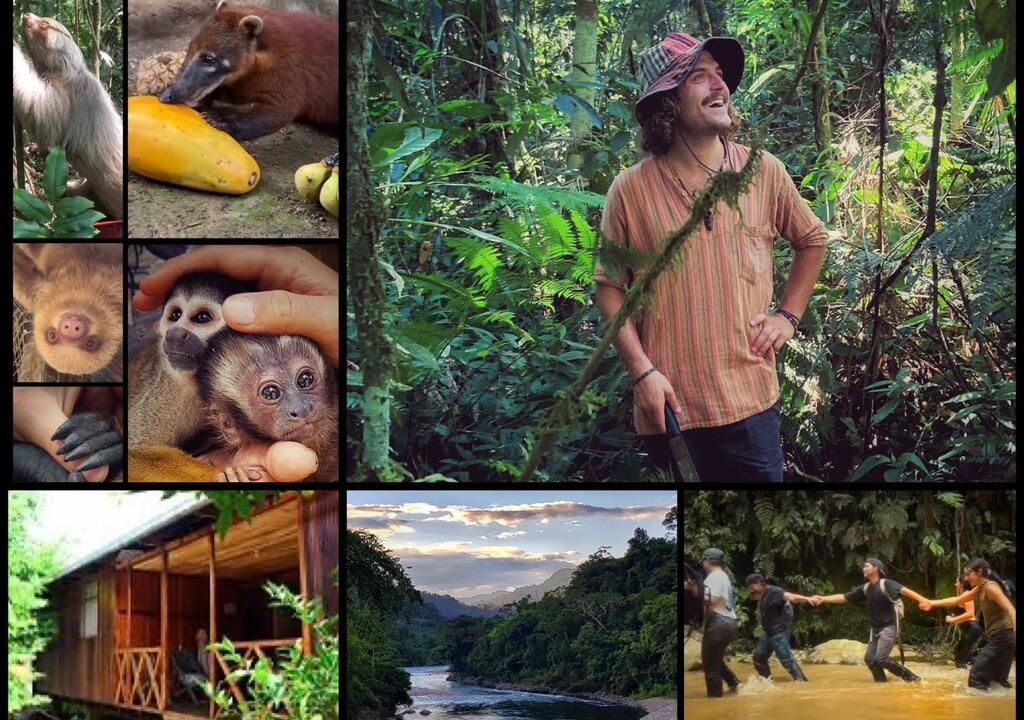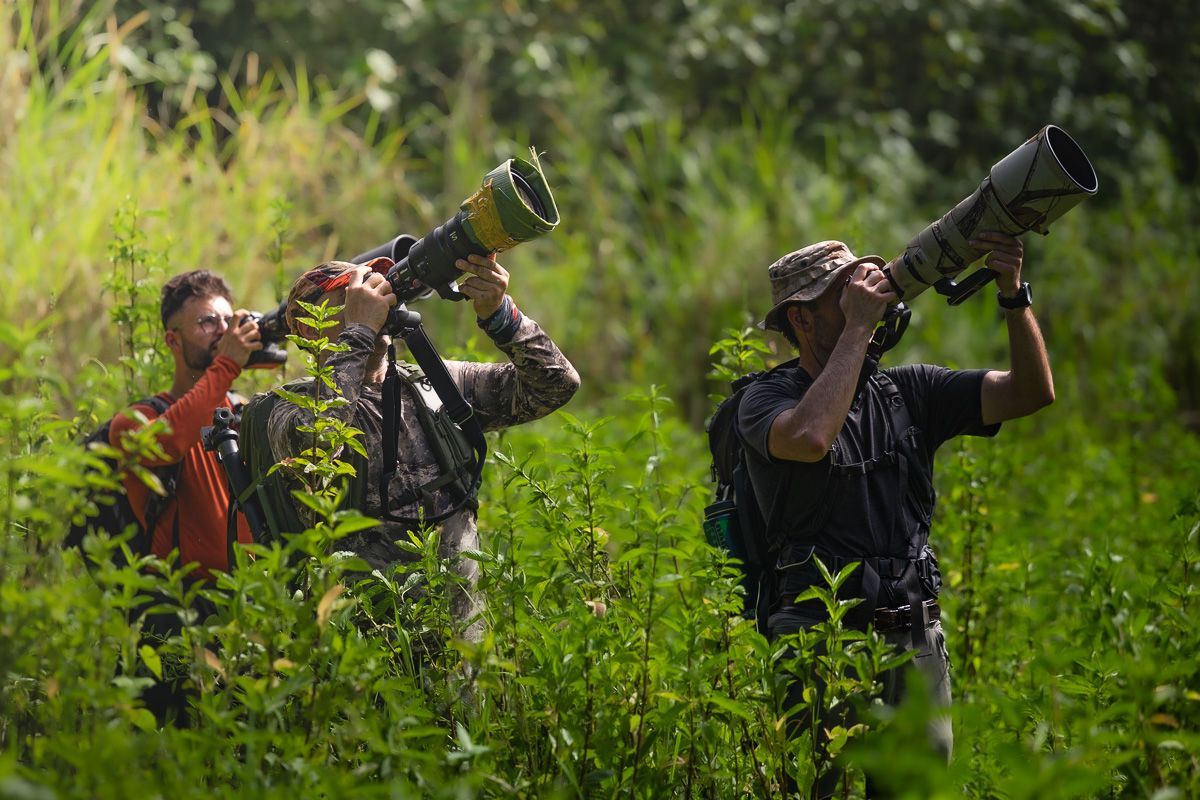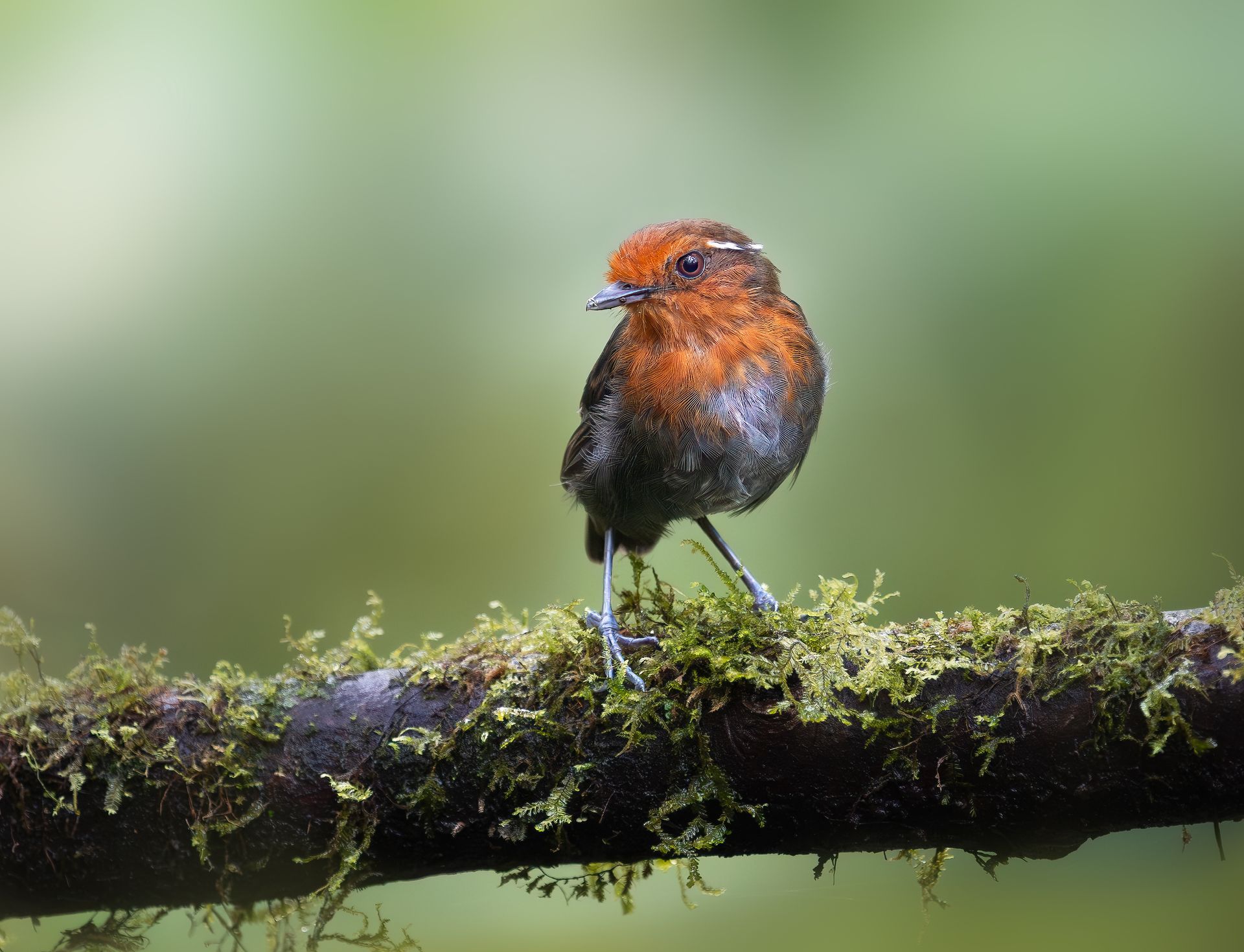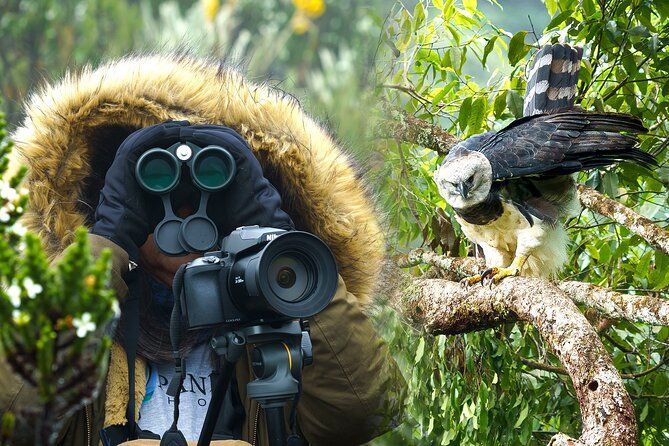Longuemare's Sunangel: Stunning Views of Colombia's Spectacular Nectar Feeder
The Longuemare's Sunangel (Heliangelus clarisse) is a vibrant jewel of Colombia’s high Andean cloud forests. This compact hummingbird dazzles with its iridescent plumage, glowing throat patch, and territorial energy. Endemic to the eastern slopes of the Andes, Longuemare's Sunangel is a bucket-list bird for photographers and a favorite among avid birders seeking radiant color, high-speed flight, and mountain ambiance.
Why Longuemare's Sunangel Stands Out
- Brilliant Iridescence: Males feature a luminous violet gorget and shimmering green upperparts.
- Highland Specialist: Typically found at elevations from 2,200 to 3,500 meters.
- Aggressive Feeder: This sunangel fiercely defends flower patches, offering repeated photo opportunities.
- Endemic to the Northern Andes: A symbol of Colombia’s unique biodiversity.
Best Places in Colombia to See Longuemare's Sunangel
While this species is found in Venezuela and parts of Colombia, the eastern Andean slope offers the most consistent sightings.
Recommended Locations:
- Santuario de Fauna y Flora Iguaque (Boyacá): Highland páramo forest with good hummingbird diversity.
- Observatorio de Aves de Rogitama (Boyacá): A hummingbird haven with photo-friendly setups.
- Reserva Natural El Chuscal (Santander): Offers elevation-appropriate forest and flower patches.
- Ocetá Paramo (Mongui Region): Harsh but rewarding habitat with occasional sightings.
Local bird guides and eco-lodges in these regions often maintain gardens planted with native nectar-producing plants.
Ideal Time to Visit
- Dry Season (December to March): Easier trail conditions and more active bird behavior.
- Early Mornings and Late Afternoons: Best natural light and bird activity windows.
- Flower Bloom Peaks: Look for native plant flowering patterns in each reserve.
Gear Recommendations for Photography
This high-altitude hummingbird can be photographed in various settings, from natural habitats to managed gardens.
- Camera Body: High-speed burst capabilities and excellent ISO range.
- Lens: 300mm to 500mm lens; macro lens for close feeder shots.
- Tripod or Gimbal: Ideal for static or framed compositions.
- Flash (Optional): Only with diffusers and used ethically.
- Weatherproofing: Cold and moist conditions require gear protection.
Field Tips for Great Shots
- Identify Feeding Spots: These birds return frequently to favorite perches.
- Use Continuous Focus: Crucial for tracking rapid movements.
- Frame with Habitat: Include mossy branches, bromeliads, or páramo flora.
- Maximize Backlighting: Enhances the glow of the iridescent gorget.
- Be Still and Quiet: Movement startles even the boldest sunangels.
Ethics in Hummingbird Photography
- Respect Flower Sources: Never pluck or alter natural feeding spots.
- Avoid Flash at Close Range: Let natural light highlight iridescence.
- Support Eco-Lodges: Choose places that use sustainable practices.
- Don't Crowd the Bird: Maintain respectful distance, especially when photographing in gardens or hides.
Why Choose Retorno Photo Tours
With Retorno Photo Tours, photographing Longuemare's Sunangel is not just about getting a great shot—it’s about the full highland experience.
- Local Knowledge: Our guides track bloom cycles and bird territories.
- Premium Access: Private gardens and lesser-known trails for unique perspectives.
- Support and Training: On-site assistance with settings, composition, and behavior interpretation.
- Sustainability Commitment: Tours that benefit conservation and local communities.
Conclusion
The Longuemare's Sunangel is a gleaming ambassador of Colombia’s Andean ecosystem. With the right location, lighting, and patience, you can capture this spectacular nectar feeder in all its iridescent glory. Whether perched on a mossy twig or flashing through mountain mist, it delivers unforgettable moments to the lens.
Join Retorno Photo Tours and ascend into Colombia’s highlands—where the sunangel shimmers amid the orchids and clouds.



